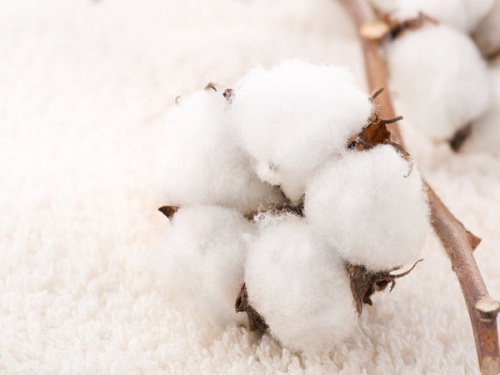
In January 2016, the Cotton Association of China Cotton Association and the Xinjiang Huatai Cotton Professional Cooperative conducted the second 2016 cotton planting intention for nearly 3,000 fixed-point farmers in 12 provinces in the Mainland and 310 counties (cities and groups) in the Xinjiang Autonomous Region. Area survey. The survey results show that: In 2016, the country's intention to plant cotton was 43.28 million mu, which was a year-on-year decrease of 10.17%, a decrease of 3.17 percentage points from the previous period. In Xinjiang, cotton prices fell by 9.35% due to the decline in cotton prices and cotton cultivation policy in different regions. Inland cotton areas were affected by many factors such as fewer acquisitions, high labor costs, long cotton planting period, and large investment. The cotton intention dropped by 11.63%.
Of the 2966 cotton farmers surveyed, 26.84% are cotton farmers who plan to reduce the cotton planting area, and only 6.5% are preparing to increase farmers' households, which is equal to 49.61% of last year's. There are still 17.05% of cotton farmers still waiting to watch. Based on the 2015 area of ​​the association, the national cotton planting area in 2016 is estimated to be 43.278 million mu, which represents a year-on-year decrease of 10.17%.
The planting intention of cotton farmers in Xinjiang was reduced by 9.35%, an increase of 1.75 percentage points over the previous period. The main reasons are as follows: First, the data released by the Xinjiang Uygur Autonomous Regional Government recently showed that the cotton planting area in 2016 will be reduced by 1.5 million mu on the basis of last year, and will remain at about 23 million mu, and actively promote the concentration of cotton cultivation to the dominant producing areas. Cotton production has shifted from simply expanding the area to reducing costs and increasing profits. Second, due to the unsatisfactory cotton price this year and the increase in the cost of agricultural resources, the income of cotton farmers has decreased, the confidence in cotton-growing has been insufficient, and the intention has continued to decline. At present, the cotton farmers mainly consider the subsidies in 2015. The first subsidy is 1.2 yuan/kg, and most of the areas have been cashed before the end of December. However, due to differences in local implementation, subsidies in some regions began to be issued in late January, if the second The subsidy can reach 0.8 yuan/kg, most of the farmers' income will be guaranteed, and the intention of planting cotton will also improve. Of the cotton farmers surveyed, 15.8% were preparing to reduce the cotton planting area, 4.1% were to be increased, and 62% were the same as last year, and 18.1% of the cotton farmers were still watching.
The intention to decline in cotton planting in the Yellow River Basin has increased from the previous period. Since late January, cotton sales in the basin have basically stagnated, and cotton farmers have been unable to sell cotton, which is insufficient for cotton planting in the next year. In 2016, the area of ​​cotton planting is expected to decrease by 13.88% year-on-year, an increase of 4 percentage points month-on-month, and the area of ​​Henan and Hebei provinces is expected to decrease by more than 20%. Of the cotton farmers surveyed, 41.69% were preparing to reduce the cotton planting area; 9.50% were farmers who were preparing to increase, 42.29% were the same as last year, and 6.52% were farmers who were watching.
The intention to grow cotton in the Yangtze River Basin is smaller than that in the Yellow River Basin, but the situation of planting cotton is not optimistic. The main reason is that the labor cost of this basin is high, and cotton planting requires a lot of manual input. Cotton farmers report that growing cotton is increasingly uneconomical. The basin insists that the cultivation of cotton is mostly unsuitable for replanting paddy fields. The area of ​​cotton planted in 2016 is expected to decrease by 9.52% year-on-year and increase by 1.6 percentage points month-on-month. Hubei and Jiangsu provinces are expected to have large declines in cotton planting area of ​​more than 14%, mainly because the purchase price of cotton in Hubei Province this year is not satisfactory; the cotton market in Jiangsu Province is not active, and cotton in some areas has not been acquired. As of the end of January, The progress of the sale in Jiangsu Province is less than 80%, which is the slowest progress in the sale of the river basin. Of the cotton farmers surveyed, 25.57% are preparing to reduce the area of ​​cotton planting; 6.81% of the farmers are preparing to increase; 41.14% are the same as last year; 26.28% are still waiting to see.
Waterproof Casual Shoes,Disruptor Shoes For Men,Waterproof Casual Boots,Men'S Casual Rain Shoes
Desay Group CO.,Ltd , https://www.desaygroup.com